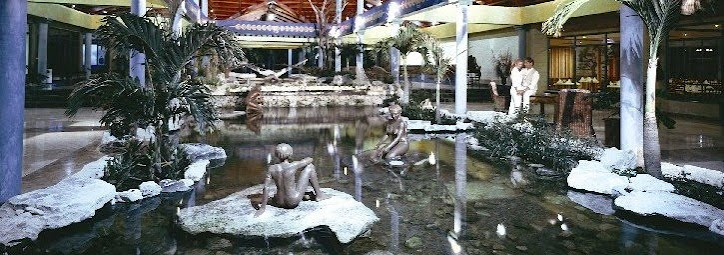
The year 2011 has been declared the International Year of Forests by the UN in recognition of the role they play as an essential ecosystem for the earth’s life. Forests are severely affected in some regions by the conversion of forest land into agricultural areas and urbanization. About 13 million hectares from the four billion available to the world today disappear every year.
The Cuban government carries out a major effort to increase forest areas, which has been recognized by international bodies
At the moment, Cuba is the country of Latin America and the Caribbean that has the greatest proportion of protected forest areas—highlighted in a report by the United Nations Organization for Food and Agriculture (FAO).
The document states that Cuba is placed ahead of Chile, Ecuador, Trinidad and Tobago and Honduras in this necessary and urgent task.
Before the revolutionary victory of January 1959, the Cuban territory had a 13.4 percent forest area but thanks to a policy designed by the Cuban government and a sustained action followed up in this regard, that figure has risen by 25 percent.
The various institutions of the country are committed to continue consolidating and promoting the plantation of trees. Cuba plans to sow more than 60 thousand hectares of new plants, including the so called intensive plantation.
Watersheds, especially those of the Toa, Mayari and Cauto rivers in the east; Zaza, in the central part, and Cuyaguateje and Almendares in the west of the country, will be the main areas where tree planting will be prioritized.
Another objective is to reduce logging in mountainous areas that will contribute to protect water and land in these weak ecosystems.
In this endeavor is essential to mention the “Manati” plan that has contributed to the protection of forest areas in mountainous areas since it was put into force in 1980.
Also as part of Cuba’s efforts to preserve the vegetation in this year, Havana will host two important meetings. The Sixth International Symposium on Agro-Forestry Systems, and the Fifth International Meeting of Young Researchers, which will encourage exchanges on ways to protect the environment, sustainable development and food security.
At a time when climate change is a reality, it is necessary to save what are popularly known as the "lungs of the planet" to avoid irreparable ecological damages to the world and especially to the less developed nations, the most affected by this natural phenomenon. / Radio Havana Cuba



